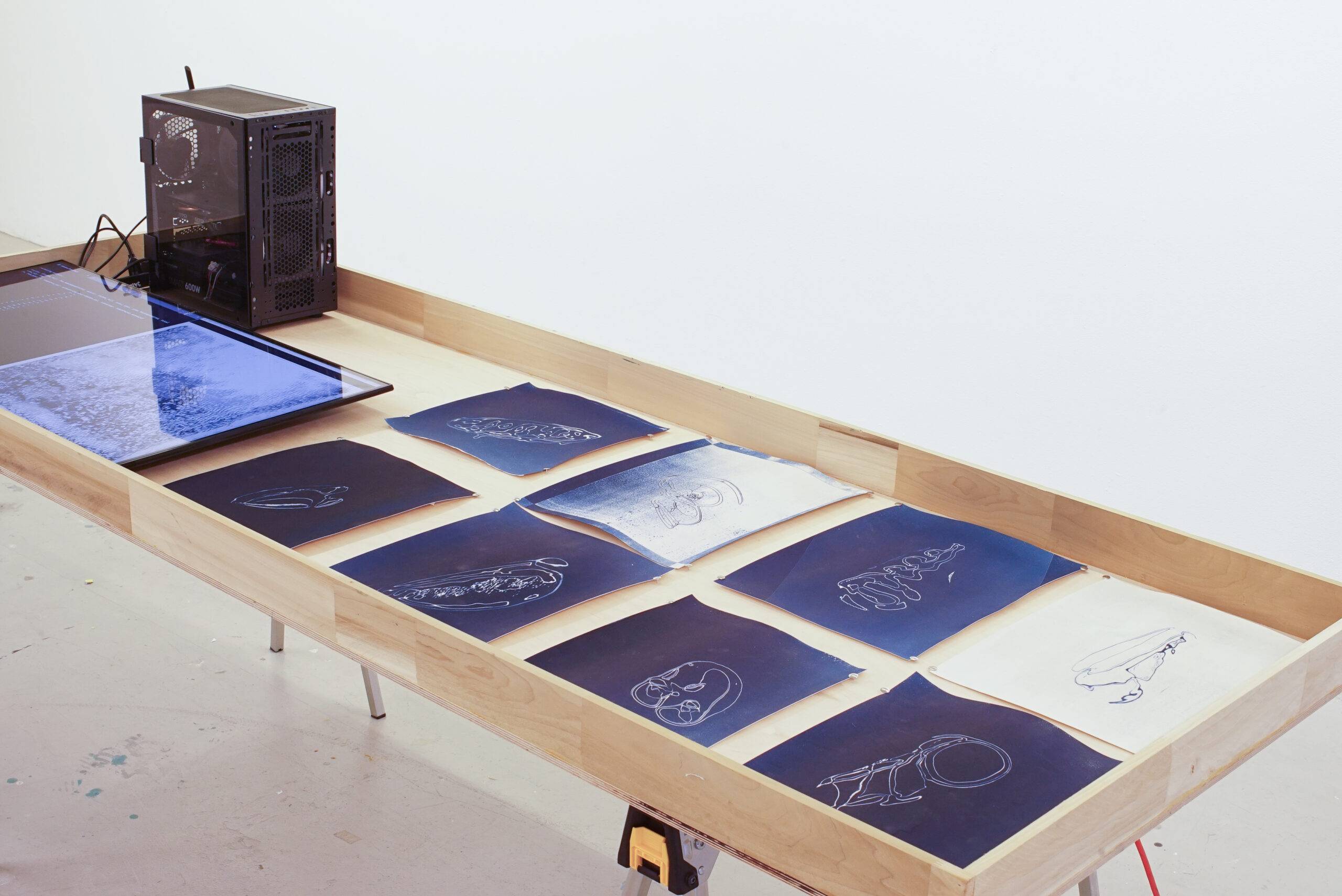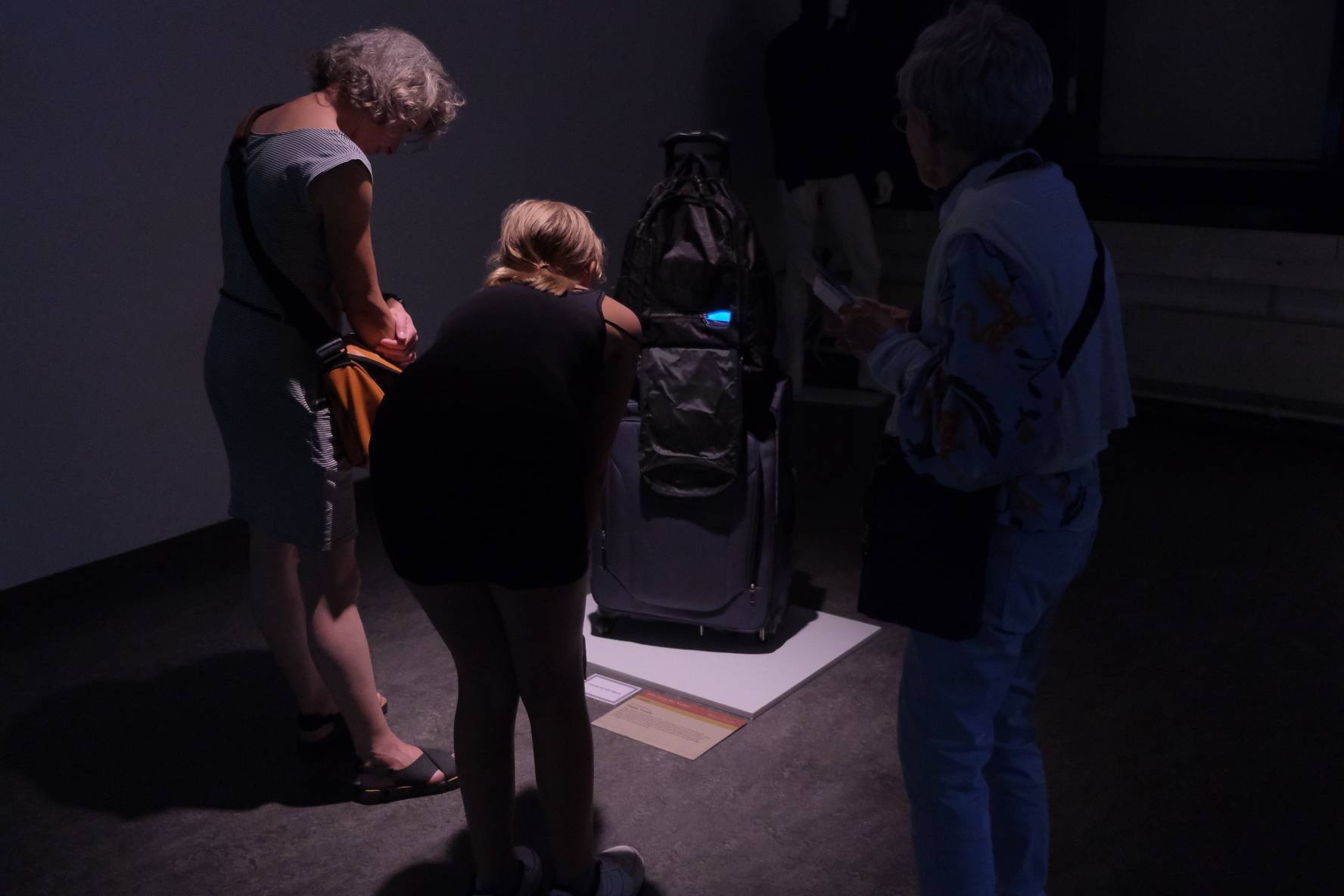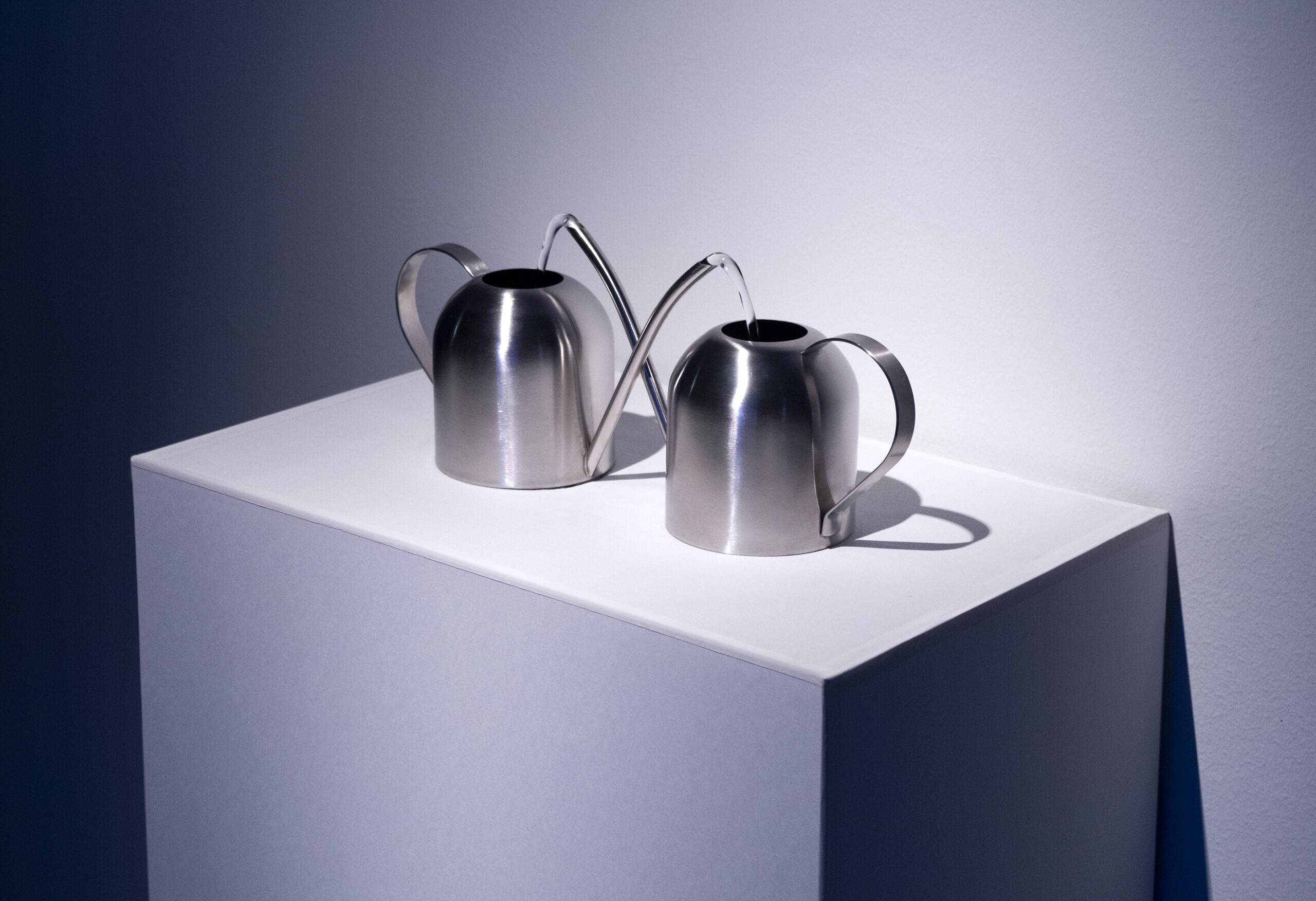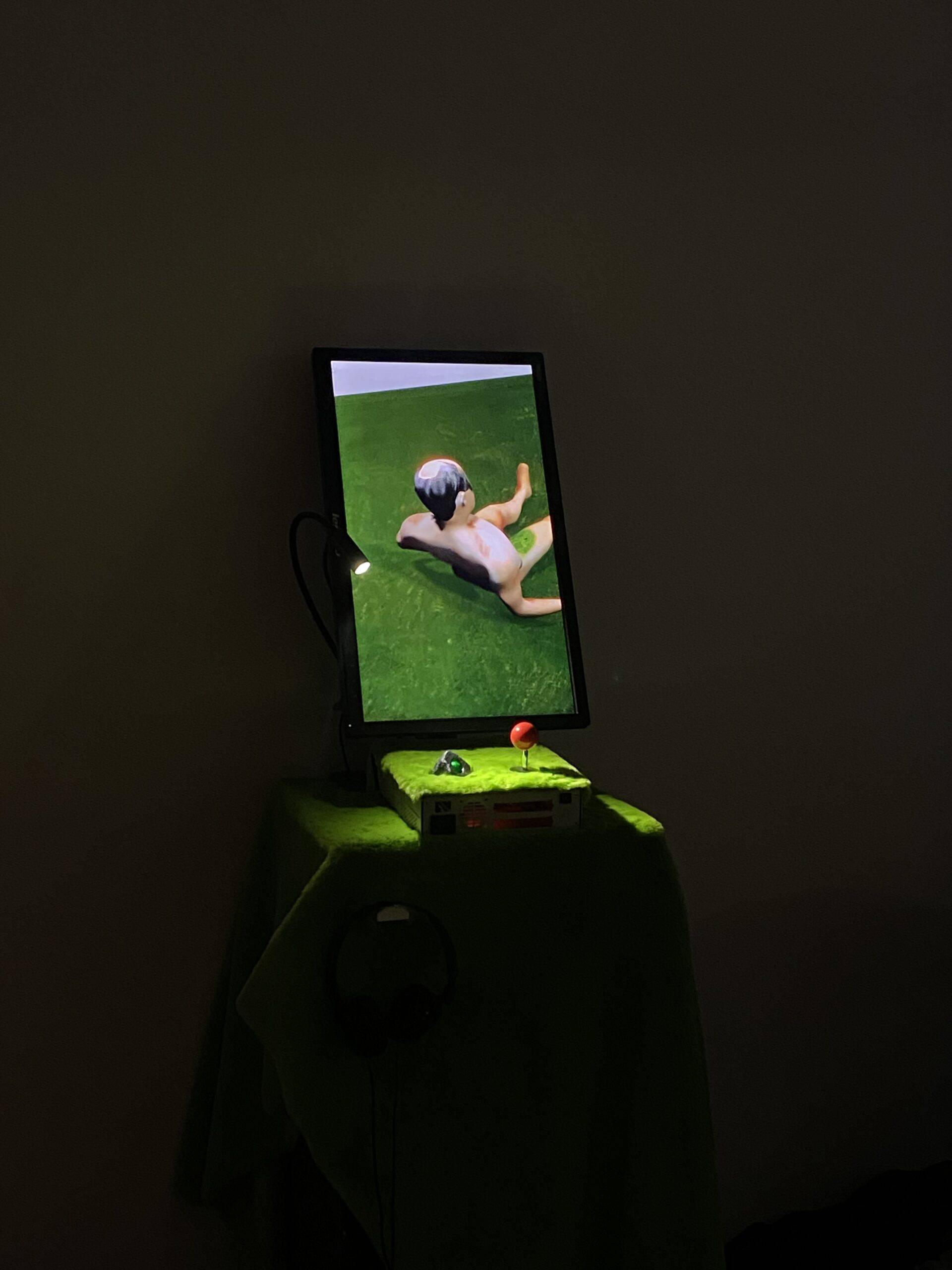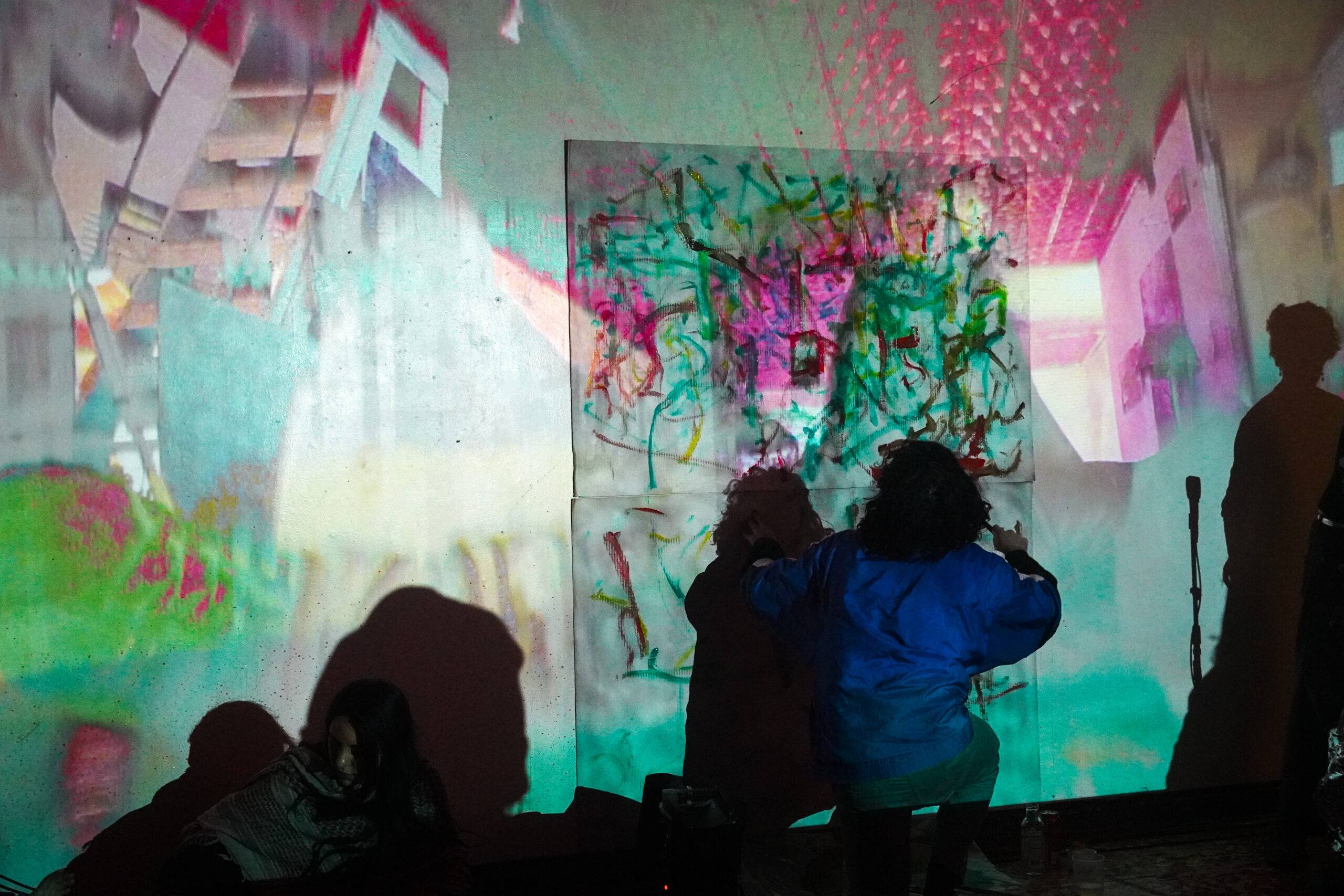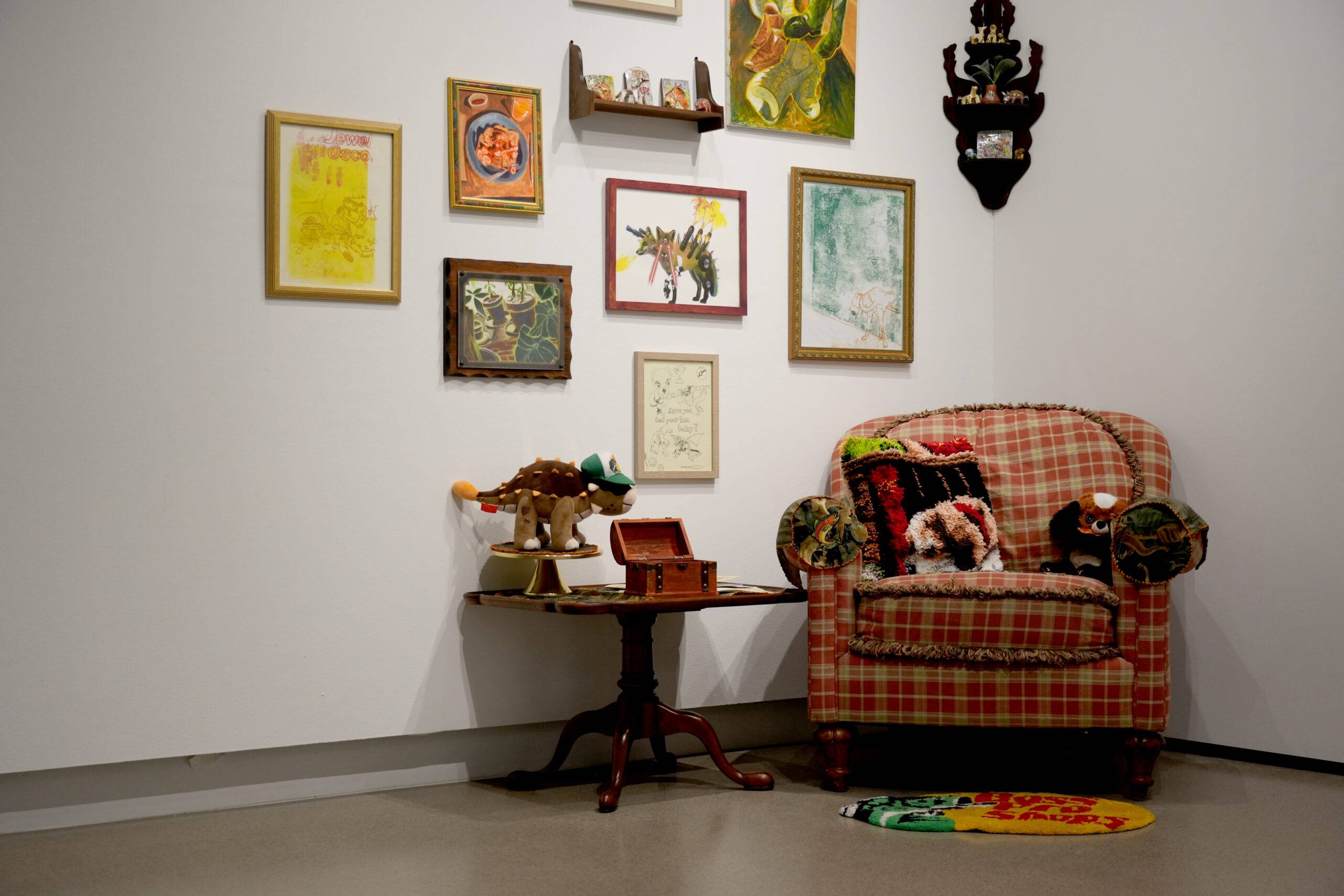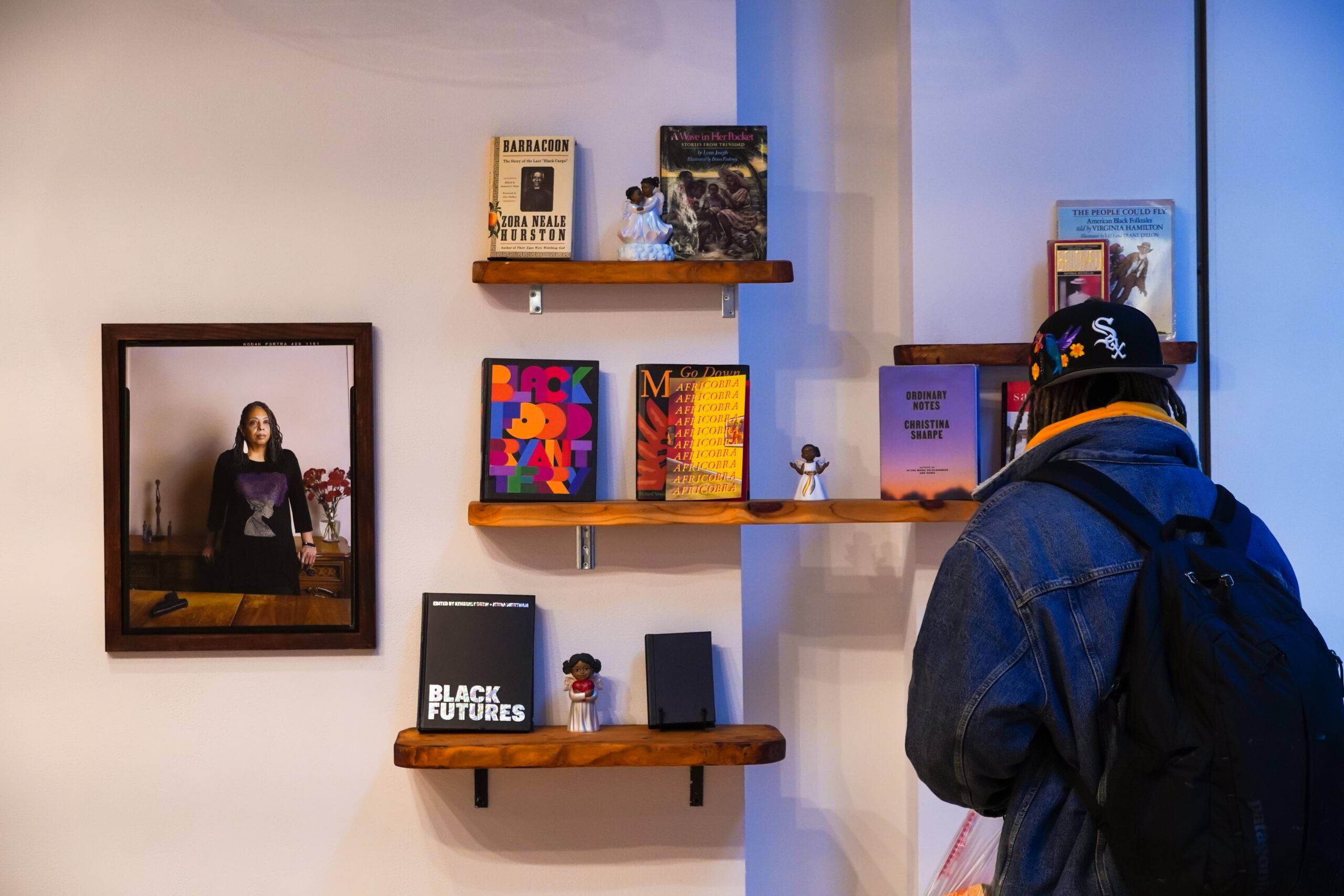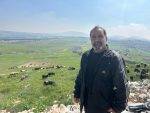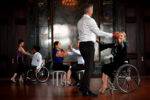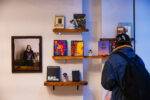The Ars Electronica Festival is an annual international new media arts festival organized by the Austria-based organization Ars Electronica Linz GmbH, which was founded in 1979. This year, The School of the Art Institute of Chicago will be represented at the festival by eight graduates from the Department of Art and Technology Studies, where they’ll show work on this year’s theme: “Who Owns the Truth?” The SAIC faction’s work is titled “Funnel & Switch,” curated by Angelia Mahaney, under the “Ars Electronica Campus Exhibition.” It will run from Sept. 6 to 10.
Ars Electronica has been the major international outlet for media artists to showcase their most up-to-date contemporaneous artistic response through technologies. To gain more insight about the festival, F Newsmagazine spoke to five artists, who shared their experiences.
Nimrod Astarhan — artist of “Khazar Archeological Confabulations” (2023)
By chance or not, museums in Linz have some of the most novel approaches to collecting and exhibiting digital art. These include the Francisco Carolinium, headed by curator Alfred Weiniger. Situated in a beautiful 1895 building designed by Berlin architect Bruno Schmitz, the museum has one of the world’s first digital platforms for exhibiting digital art and a robust collection of digital-born works.
Experiencing the museum’s shows balanced the progressive thrust of new work presented in the festival with research about cultural relevance, provenance, and preservation of digital work. The museum’s shows had fresh takes on contemporary issues, such as in Meta.space: Visions of Space, exhibiting contemporary social VR and 3D simulation works alongside maps and globes from the 15th century. This environment provided the physical and conceptual space for exploring the cultural relevance of celebrated new technologies in a slower, more profound way, without losing touch with contemporary work with them.
It inspired me to think about my digital work’s physical renderings, embedding conceptual thinking about materiality in methods of depiction and representation.
“Khazar Archeological Confabulations” (2023). Photo by artist.
Juan Flores — artist of “Happy Travels” (2023)
My time at the Ars Electronica Festival was half spent answering questions about my work, while the other half was spent asking questions about other peoples’ work. I wanted to take advantage of the fact that this festival brings an audience from all over the world to get different perspectives. It was important to me to see people’s reactions to my piece, and overhear their conversations, though most of what I heard were gasps and whispers when they noticed a zipper on a backpack moving autonomously, which was also affirming that at least something was happening.
My favorite piece in the festival was a VR experience that connected you to the physical control of a chair that was behind a curtain nearby. I am in love with that absurdity and playfulness when it comes to technologies that are becoming more advanced and accessible to us. I talked to the team that made it and they were happy to share their code. That to me shows the love of making and curiosity that got me interested in the field in the first place.
“Happy Travels” (2023). Photo by artist.
Eul Lee — artist of “The Lovers” (2023)
What is art? The answer is: this varies from person to person. As an artist, I believe it is the act of communicating with the audience through a core human sense of “aesthetic perception.” This sense transcends both language and borders.
As a native Korean speaker, English is not my mother tongue. Interacting with many Austrians who speak German, another language that I am unfamiliar with, makes me feel like I’m dealing with some kind of alien. However, the language barriers are transcended when viewers see my work. These beautiful and gentle smiles — like flowers — give me the greatest satisfaction an artist could possibly experience. We don’t communicate as Austrians and Koreans, but as fellow beings drawn to the same visions, engaging in deep and meaningful dialogue.
Certainly, exhibiting in European countries far from my home studio presents numerous challenges. I have encountered unexpected variables during the installation process, which were the most difficult of my exhibition experiences so far. Nevertheless, overcoming these obstacles is the artist I’d envisioned becoming. With newfound confidence, I continue to tirelessly work (through the night) in my studio preparing to connect with even more audiences.
“The Lovers” (2023). Photo by artist.
Yiyi Liu — artist of “<overload.love>” (2023)
Ars Electronica is absolutely amazing. It’s a massive gathering for new media artists, combined with a carnival vibe. Whether you’re a student practicing art or a professional artist, everyone has an equal opportunity to showcase their work.
<overload.love> is an interactive game installation. The game causes computer devices to overload, triggered by data from the audience’s heartbeat. This data significantly lags the system and frame rate that eventually results in a glitch. Ars provides a unique opportunity for audiences from different countries, genders, ages, and professions to experience and test my work. Sometimes, the audience hasn’t interacted with the installation in the way I planned, so I keep refining the interaction to make it as natural as the “iOS system.”
Participating in a public exhibition for the first time as an artist, and in Europe no less, I faced numerous practical challenges: visa issues, losing a suitcase containing my installation at the airport (and eventually retrieving it), and uncertainties about the space and equipment. These challenges, beyond the creating the installation itself, are things artists have to face alone. I want to thank our curator Angelia Mahaney for negotiating with Ars. Thanks to the Department of ATS for providing such a valuable opportunity.
“<overload.love>” (2023). Photo by artist.
Mac Pierce — artist of “Camera Shy Hoodie” (2023)
Ars Electronica Festival is something I’d only ever experienced through buzz and bursts of documentation, having only vicariously experienced it up until this year. Leading up to it I barely knew what to expect, and after diving in head-first I can describe it as an art and technology carnival. The sheer magnitude of events was staggering, with over 1,500 artists and over 88,000 attendees making their way through the main venue — Post City — over the five days, the festival was in full swing.
Within the brutalist former mail-sorting facility, the full basement (a nuclear bunker) was solely dedicated to various installations. Included, was a narrative AR telepresence work where you could pilot a motorized folding chair around a room (“Unconventional Self” by Werner van der Zwan (NL) and Charl Linssen (NL)). The top floor exhibited 56 university campus exhibits that represented students from around the world, with the work of students from SAIC included.
It was a huge event that required a ton of effort to organize. Special thanks to our curator Angelia Mahaney and ATS facilities manager Anna Yu for all their work in making it happen. It was a truly special opportunity and I’m grateful for it.
“Camera Shy Hoodie” (2023). Photo by artist.


